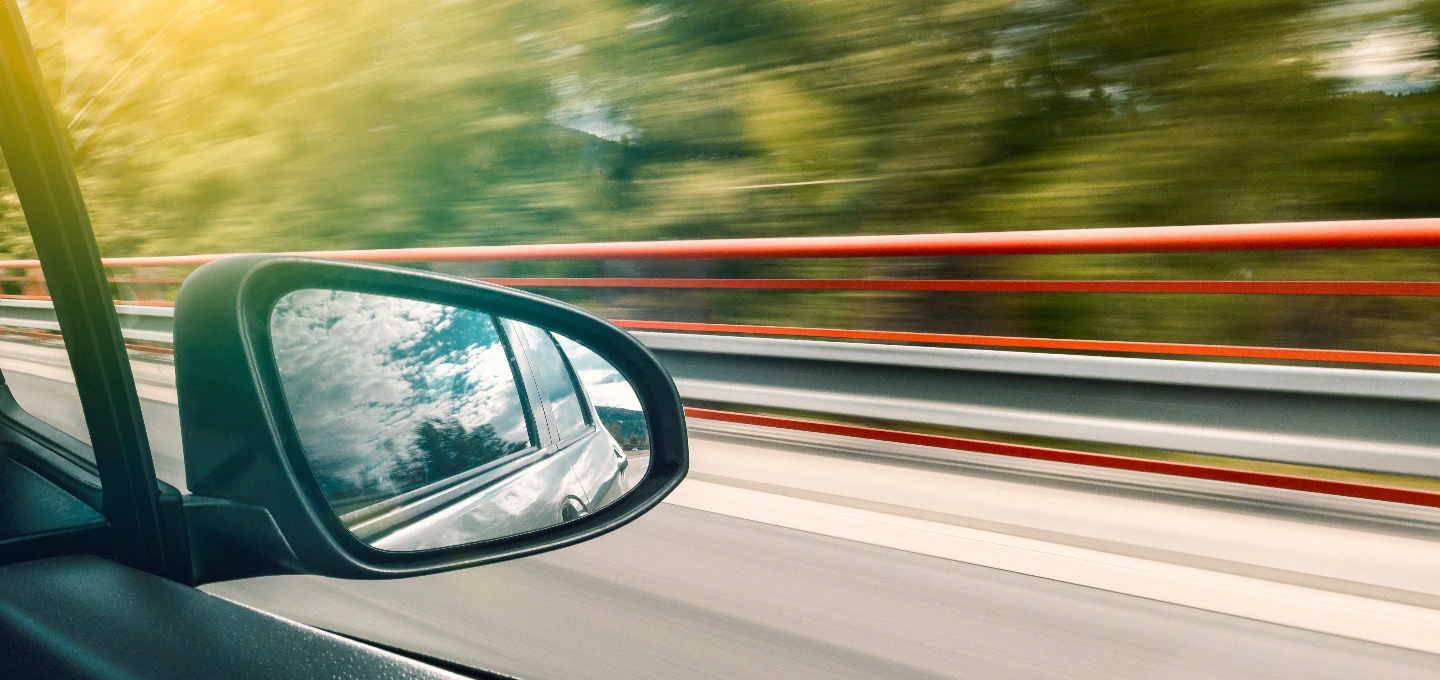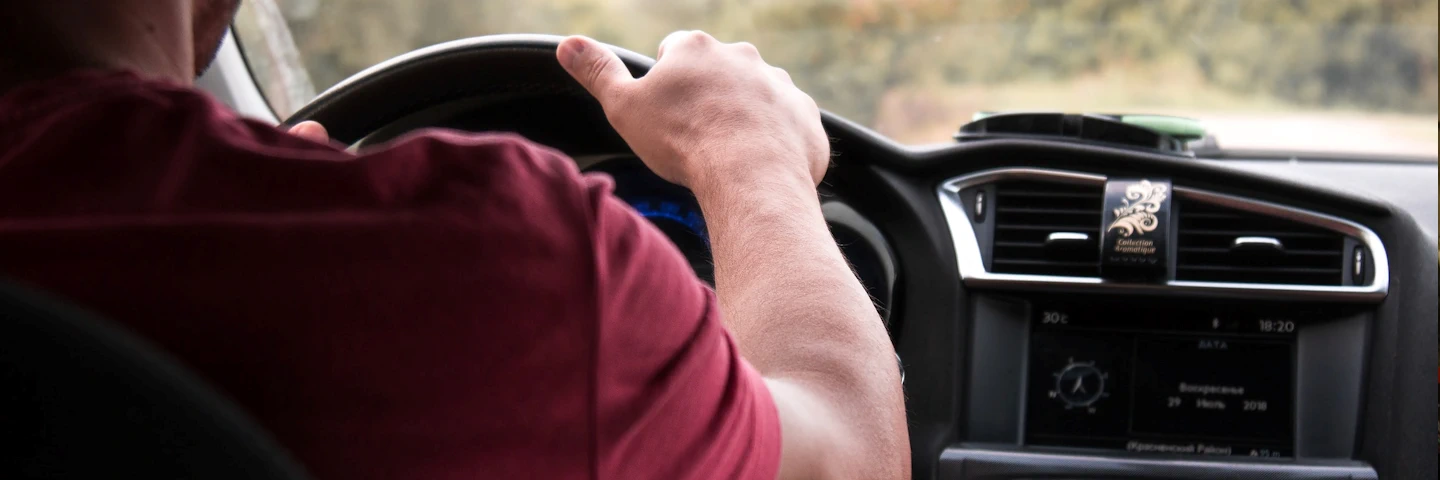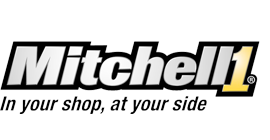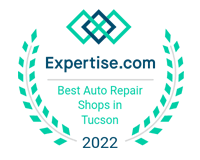Archive for May 2025For Brakes' Sake (Brake Rotor Service in TUCSON)Posted May 25, 2025 4:20 AMThink of how much abuse your brakes take. Day in and day out, they stop your vehicle when it's going fast and when it's going slow. Maybe your vehicle has been vibrating when you brake, or maybe it seems like your stopping distance is a little bit longer than it used to be. Then it's time to get your brakes checked out. After all, you have to be able to stop if you want to be safe. Nearly all newer vehicles have disc brakes on the front, and many have that type of brake on all four wheels. That makes it likely you'll be getting disc brakes fixed at some time in your vehicle's lifetime. Knowing how disc brakes work is as easy as riding a bicycle. If your bike had hand brakes, you'll probably remember a mechanism that squeezed a couple of pads on each side of your bicycle wheel when you applied the brakes. Disc brakes are similar; but instead of the bike wheel, there's a metal disc instead. If that disc is warped or has irregularities in it, it's going to vibrate. It used to be that rotors were thick, and when they warped, a technician could "turn" them to scrape off a layer of metal so their sides were straight again. The latest vehicles are using thinner, lighter rotors with a slightly different construction. Now, it's likely that rotors that are resurfaced this way will not have enough metal left to work safely. In fact, some manufacturers advise only replacing rotors that are worn out. Newer designs have reduced rotor prices, and in many cases, the labor cost of turning the rotors is higher than buying new. There are times, though, where your rotors can be resurfaced and still meet manufacturer specifications. If you have a rotor replaced on one side of your vehicle, it might be a good idea to replace rotors on the other side, too. Maybe you're looking for the new rotors to last longer than the ones that were on there. New technologies can offer a longer lifespan in a premium rotor. Armed with knowing the type of driving you do, you and your Garrigan's Auto Repair Shop service advisor can make the best decision on which direction you want to go with your new brakes. Garrigan's Auto Repair Shop Read a Good Tire Lately? (Tire Wear)Posted May 18, 2025 3:51 AMThere's lots of good information to read in books and online. You might not know that you can also "read" your tires and learn a lot about what shape they're in and if they are in need of attention. It's important to know how your tires are doing because a tire failure can be very dangerous to you, your passengers and others on the road near you. You read your tire by looking at the surface that rides on the road, where the tread is. Check out the outer and inner edges. If you notice there's more wear on the inner or outer edge than on the rest of the tread, your vehicle could be out of alignment. Wear on an inner or outer edge could mean your wheels are leaning too much to one side. When you see this, visit our service center soon to have the alignment checked. What about if both edges are worn? That could be a sign that you don't have enough air in that tire. In an underinflated tire, the middle is not contacting the road surface as much as the edges, so the edges wear down first. It could also mean that you're taking corners too aggressively or your tires haven't been rotated on a regular schedule. Another thing you might see on your tires' tread area is wear in the center of the tire. That means you likely have too much air in that tire. Too much air makes your tire contact the road in the middle more than on the edges so the middle wears down prematurely. You might also see some smooth spots on the tread in irregular spots. This is called cupping. This is sometimes caused by suspension problems. A technician can examine your suspension to see if it is up to the manufacturer's specifications. Finally, you may spot tires that are worn unevenly in a pattern that goes diagonal to the tread pattern. This could mean your tires are out of balance, something our service center can check. They might also check alignment at the same time. Your tires are the only part of your vehicle that contacts the road surface. That means your acceleration, traction, steering and braking are all dependent on your tires being healthy. Maintain your tires by having one of our trained technicians read the clues and making sure they're always in roadworthy shape. Garrigan's Auto Repair Shop Not Too Hot and Not Too Cold (Temperature Gauge)Posted May 11, 2025 3:48 AMYou know your body temperature is supposed to be 98.6 degrees F, 37 degrees C. Your vehicle has a normal temperature, too, and if you pay attention to it, that can save you some big headaches down the road. Many vehicles have a temperature gauge on the dash that takes the temperature of the engine's coolant. Some have a thermometer symbol, some read C-H (cold to hot). Many will have a red zone that shows when water temperature is getting into the danger zone. Others are digital and have a red warning light that signals overheating. And some vehicles have a light that goes on when the engine temperature is out of the normal range. If your vehicle has a gauge, pay attention to it. If you need help locating it, ask one of our Garrigan's Auto Repair Shop experts to give you a quick explanation. Chances are when the vehicle has been running for 15 minutes or more, the temperature gauge will settle into its own "normal" zone, often just below the midway point. If you have a digital readout, remember what that "normal" temperature is. Here's why. At any point when you're driving, the temperature gauge is the quickest way to get a sense that the engine is running the way it should, a quick health checkup, as it were. Say you're on a 3-hour trip, glance at that gauge every hour or so. It should always be in the same spot. If it starts to move one way or the other, you may be able to catch a problem before it gets serious. Pay special attention to it moving into the hot zone. The needle on the gauge is the easiest and least distracting way to see an engine heating up, but on a digital gauge, start paying attention if the temperature reaches 240ºF/115ºC or more. Remember, though, that just because the gauge reads "hot" doesn't mean your engine is on the verge of burning up. It could be a bad sensor and the engine will be at a normal temperature. But it also could be a failing water pump, coolant leak or thermostat. By pulling off the road and observing your engine, it will give you a pretty good idea if it's running hot or not. If the gauge is too "cold," it could be a broken gauge or thermostat sticking open. Usually being in the cold range isn't as worrisome, but you should have it checked out since other systems may be affected. Heat is one of a vehicle's worst enemies, especially when it comes from within. Know your vehicle's normal temperature and keep an eye on it.
Regular Schedule or Severe Service Schedule at Garrigan's Auto Repair Shop?Posted May 4, 2025 3:52 AMToday's Garrigan's Auto Repair Shop article focuses on severe service maintenance. Many TUCSON drivers are not aware of them and yet there are also very vocal advocates in AZ who think that severe service schedules apply to everyone. Somewhere between a complete lack of awareness and the dire blanket statements lies a reasonable approach to severe service maintenance at Garrigan's Auto Repair Shop. Here's another example. Most trips around TUCSON are less than 10 miles/16 km and outside temperatures are below freezing. This is the same reasoning, but in very cold AZ weather it takes even longer for the oil to get hot enough to evaporate the water, hence 10 miles/16 km as opposed to 4 miles/6.4 km. Garrigan's Auto Repair Shop | ||
SearchArchiveMarch 2023 (17)April 2023 (5) May 2023 (4) June 2023 (4) July 2023 (5) August 2023 (4) September 2023 (4) October 2023 (5) November 2023 (4) December 2023 (5) January 2024 (5) February 2024 (4) March 2024 (5) April 2024 (4) May 2024 (4) June 2024 (5) July 2024 (4) August 2024 (4) September 2024 (5) October 2024 (4) November 2024 (4) December 2024 (5) January 2025 (4) February 2025 (4) March 2025 (5) April 2025 (4) May 2025 (4) June 2025 (5) July 2025 (4) August 2025 (4) | CategoriesTires and Wheels (3)Fuel System (4)Cooling System (4)Fluids (4)What Customers Should Know (24)TPMS (2)Parts (1)Transmission (5)Diesel Maintenance (1)Drive Train (2)Alignment (2)Tire Rotation and Balancing (2)Windshield Wipers (2)Tires (4)Air Conditioning (4)Headlamps (1)Brakes (9)Oil Change (4)Battery (3)Automotive News (1)Serpentine Belt (1)Wheel Bearings (1)Fuel Economy (3)Alternator (1)Steering (2)Inspection (1)PCV Valve (1)Keys to a long lasting vehicle (1)Maintenance (5)Spark Plugs (2)Brake Service (3)Older Vehicles (1)Service Standards (1)Auto Safety (1)Shocks & Struts (1)Fuel Saving Tip: Slow Down (1)Trip Inspection (1)Safe Driving (1)Engine Air Filter (1)Exhaust (2)Service Intervals (1) | |

WHAT OUR CUSTOMERS SAY
Great service. They kept me updated on what was going on and vehicle was ready when they said it would be. Got my brakes done and they are feeling smooth. They accidentally underquoted me and the labor took them longer than expected but they kept the same price they originally gave me. That says a lot about them. I will definitely do business with them again in the future and I definitely recommend Garrigan’s Auto Repair Shop. Charles Martinez , 07/09/2025








